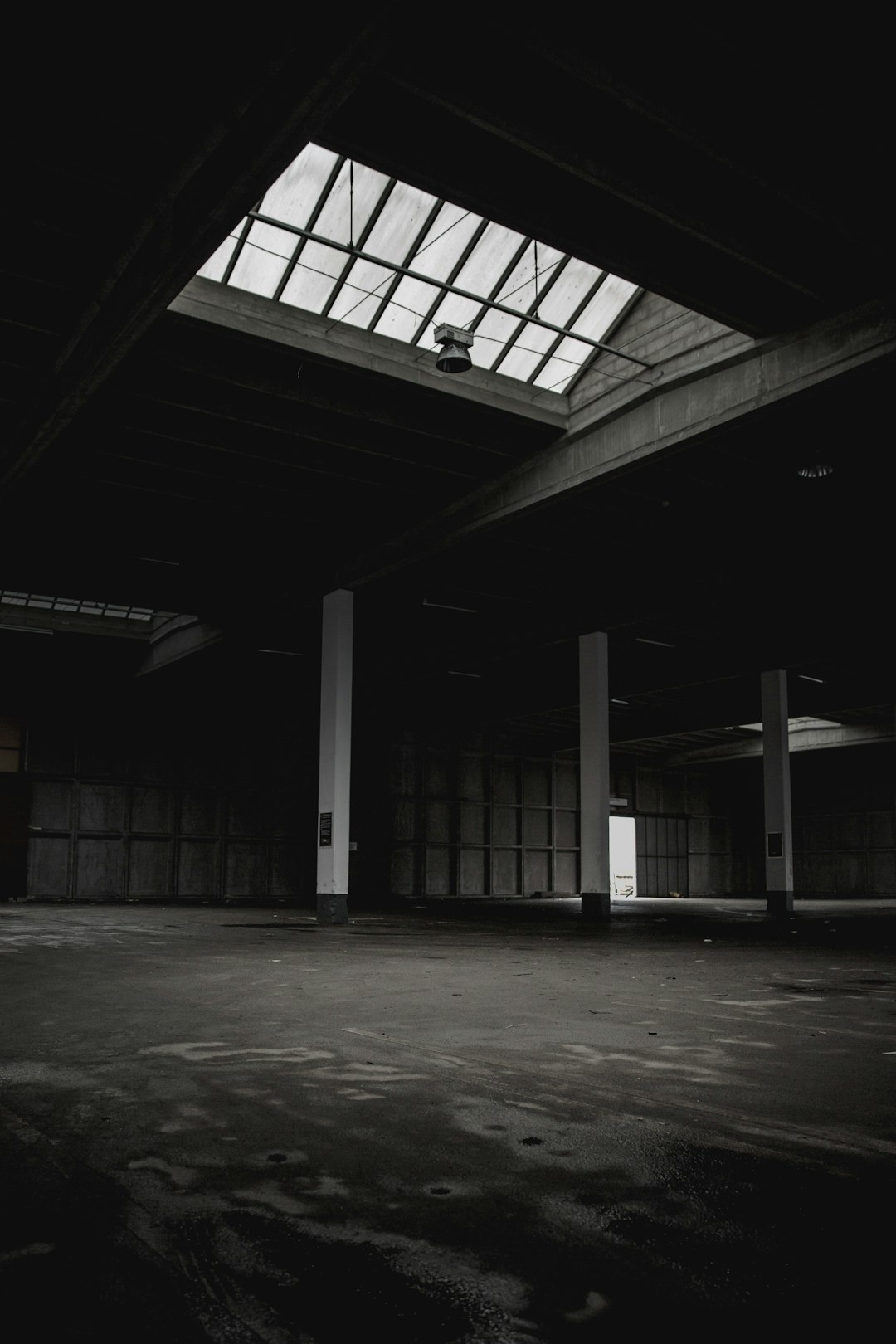The paving material you choose can literally make or break your garden. The first few things that strike people’s minds when they think about the word ‘garden’ are plants, gate, garden furniture, etc. Very few think about the garden’s surface, which is ironically the most used or always in contact aspect of a garden. Similar to plants, paving materials could add texture, color, and pattern to any garden. Most importantly, paved surfaces contribute to the practical aspects and aesthetics of a garden throughout the year in equal measure.
Paving materials can be broadly classified as composite material and quarried stone. Quarried stones such as slate and garden are dug and later shaped via cutting, splitting or crushing. On the other hand, composite materials such as brick are molded and processed when soft. They are later fired or let to dry.
The great variety of paving materials renders shopping and designing gardens fun. However, the choices available could also be slightly overwhelming. Each material has its pros and cons, and certain materials suit more than others for specific locations and uses. Let us talk in detail about stone.
Stone is arguably the most luxurious and nuanced paving material. Also, it is versatile and durable, coming in a range of shapes, sizes and colors. You would find a stone for almost every kind of garden. However, all of this doesn’t come cheap. Stone could be expensive to buy and also install. Paving stone prices and availability vary across regions, based on the quantity bought. Let’s take a look at the popular stone options for paving.
• Sandstone
Sandstone is an extremely popular garden paving stone. It’s considerably tough to withstand any paving application. Most importantly, cutting and working with sandstone is much easier compared to granite, which brings down the price of sandstone. Sandstone comes in various colors and shapes and is easier to buy in big quantities.
• Gravel
Gravel is ideal for people on a budget. This easy-to-install stone offers an attractive texture that’s almost perfect for short-term, informal landscapes solutions, and also gardens erected on limited budgets. The drawbacks to gravel, however, is it could turn weedy and it’s also not the most stable material to have under foot in a garden.
• Limestone
Limestone in Bondi or any other place has a fine texture, which makes paths and patios look distinct. When cut to pave, the stone takes on a velvety, distinctive finish. Limestone happens to be a lot more evenly colored compared to granite or sandstone. However, its color choices are a bit limited compared to sandstone or granite.
A couple other stone options are slate and granite.










